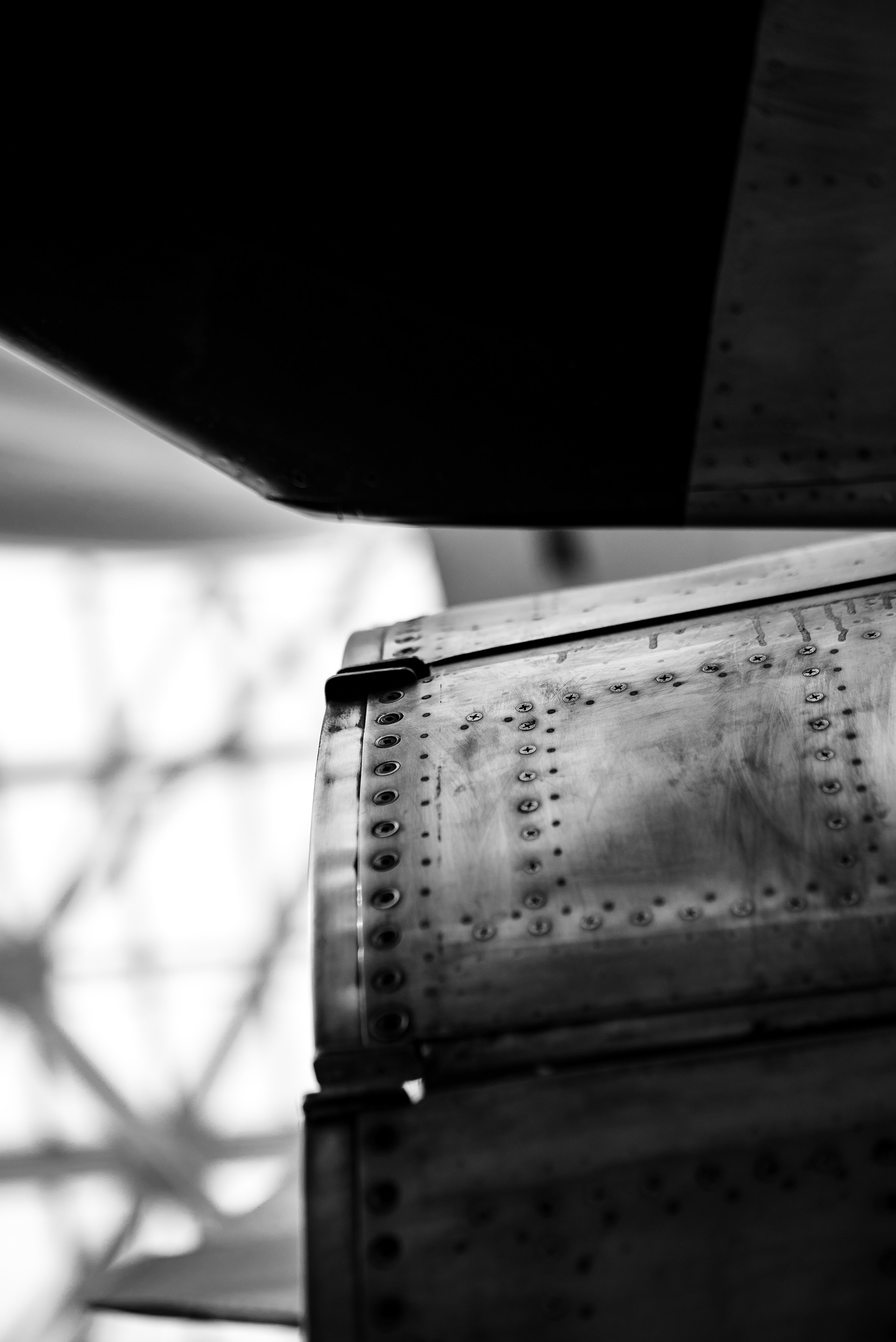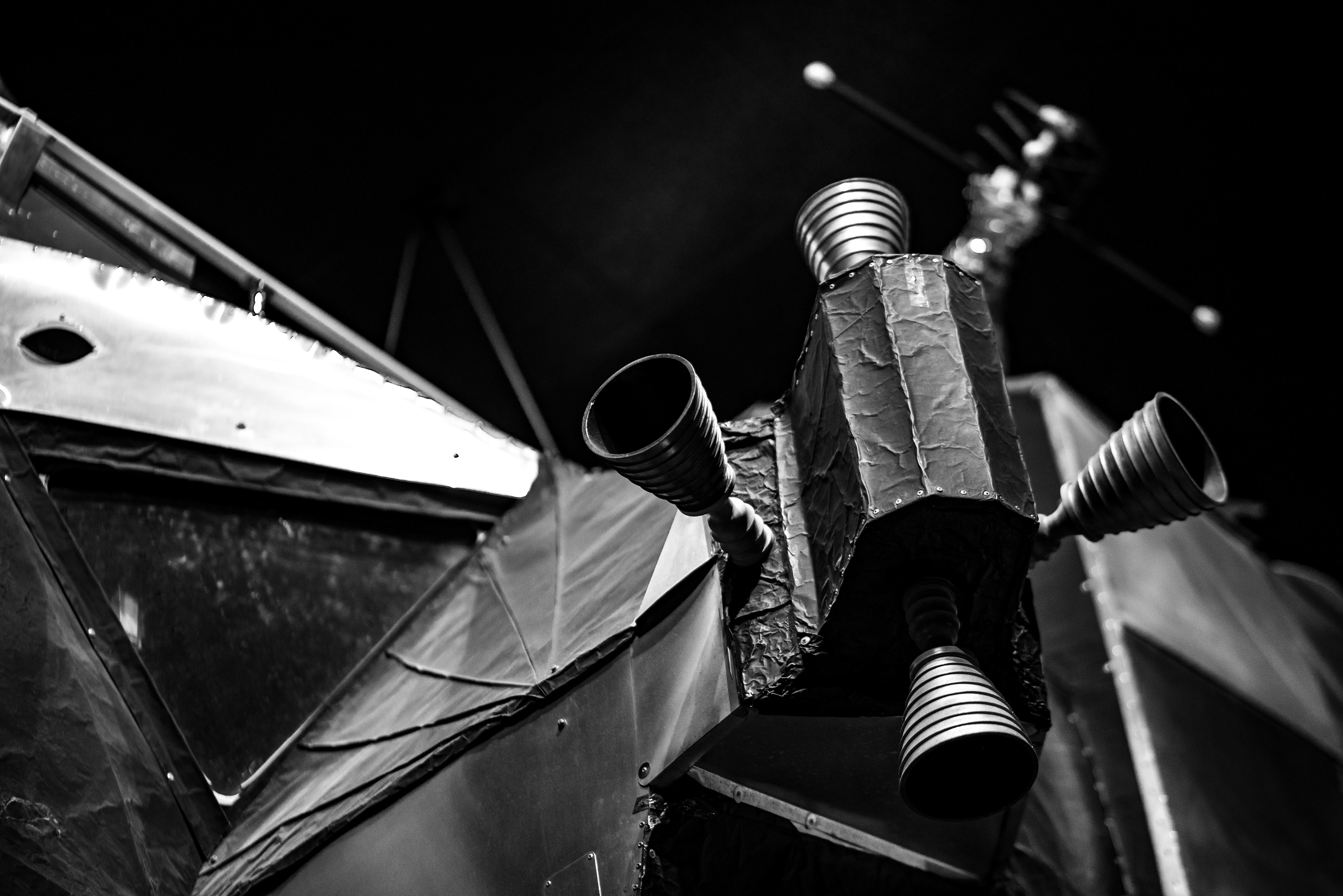I'm Alaskan. I may have spent the vast majority of my life in the UK, but I still feel very wedded to the state. Appropriate then, that I was out there in the summer of 2018 for a friend's wedding. I took some photos, too.




How to get around Alaska without hiring a car? The Alaska Railroad.
Depending on how you count the branch lines, it covers around 500 miles, running from Seward and Whittier to just beyond Fairbanks. I took an early morning train down to Seward from the Anchorage Depot. I've done the Seward Highway before, and sure, it's scenic, and yes, it'll get you to Seward, but the railroad takes the natural beauty to a whole new level. Travelling south from Anchorage, they initially follow the same route along the Turnagain Arm (look out for bald eagles and belugas), passing Alyeska, before diverging at Portage. That's where things start to get really special.
Glaciers, tunnels, river gorges, creaky bridges, cute stations in the middle of nowhere? Yes to all of the above, and without having to worry about driving. If you're doing the journey yourself and planning on shooting as much of it as possible, set up in the vestibule at the very rear of the train. It's cold, it's noisy, and there's just one of those old fashioned elevator-style concertina shutter stopping you falling out the back, but you've got a view unimpeded by window glass.








One-time fur trading post, end of the Alaska Railroad, former WWII military port, Seward at the end of Resurrection Bay, a fjord running approximately north-south off of the Pacific. That fjord, on March 27th 1964, Good Friday, was nearly Seward's undoing. At 1736, a magnitude 9.2 earthquake struck, its epicentre lying just north of Prince William Sound. The earth shook for nearly five minutes. Sections of the shore fell into Resurrection Bay, and what hadn't collapsed in the initial quake and subsidence then had to contend with the tsunami that followed, amplified by the fjord.
Seward has been rebuilt since then. The railroad no longer runs on trestles across the bay, and the shorelines are clear of houses, the space set aside for RV parks and campsites instead. It's now the jumping off point for exploring the Kenai Fjords National Park and the wider Kenai Peninsula. Those fjords are by no means the only place I've experienced Alaska's sea life, but they are where I've got the closest. You don't even have to head out on one of the boats; with the rebound in sea otter populations, they'll come right into the boat harbour as you sip your morning coffee.
The morning I headed out onto the water, Seward was shrouded in fog and drizzle (it's a very wet city). We motored out, crashing over the swell, only just able to see the walls of the fjords as they were swallowed up by the clouds. In the end though, it turned out I was in for a treat. My boat was practically empty, others put off by the weather, yet the clouds lifted by lunchtime and we just kept finding wildlife. Those trips aren't just about the wildlife though; I've not found a better place to put my feet up with a beer than with the engines cut, floating at the foot of a glacier.
If you want to get up close and personal with glaciers, boat tours aren't the only way to do it. Spilling down from the Harding Icefield, Exit Glacier is about 12 miles north of Seward. There's an easier hike up to the foot, or a longer one up to the Harding Icefield.


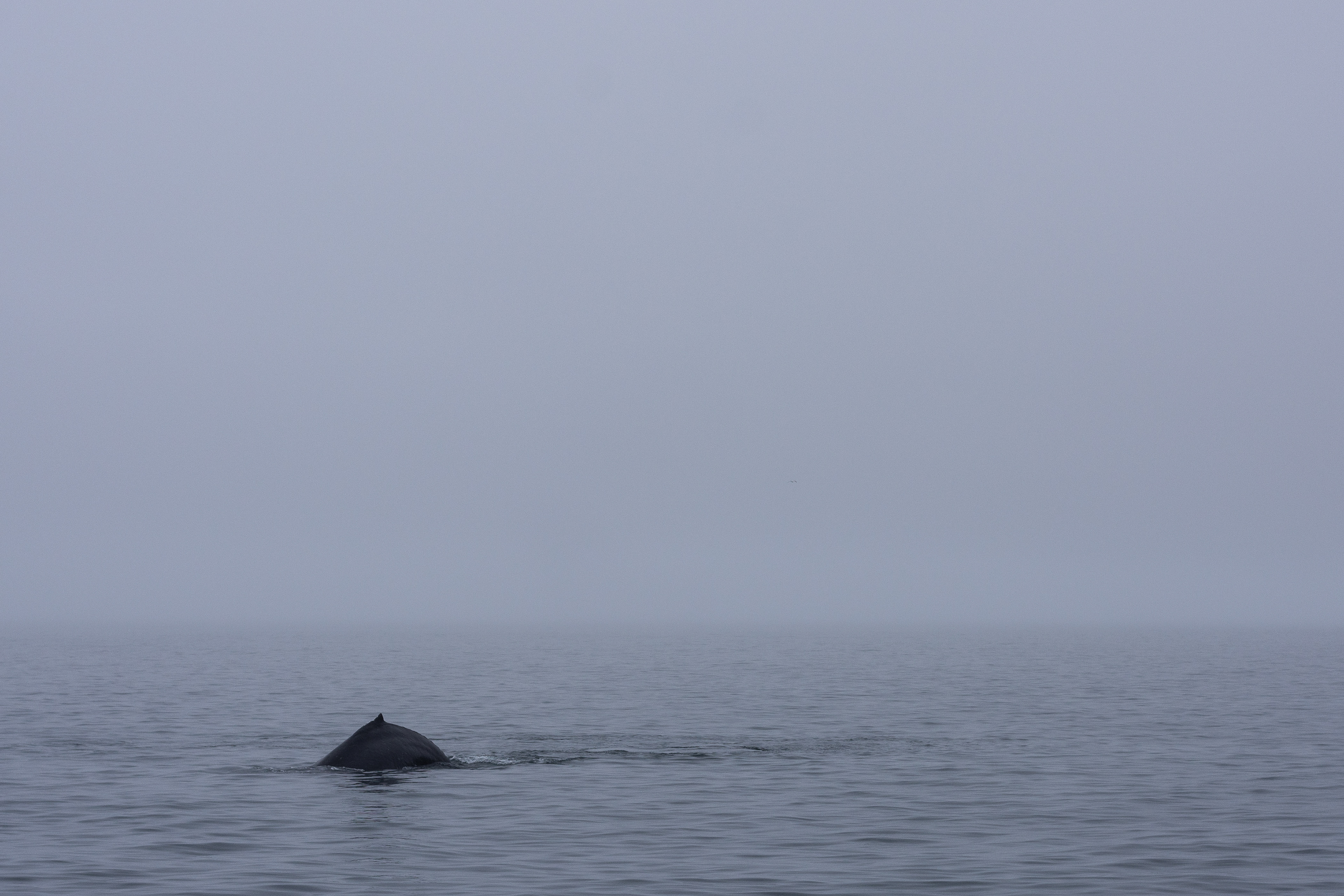

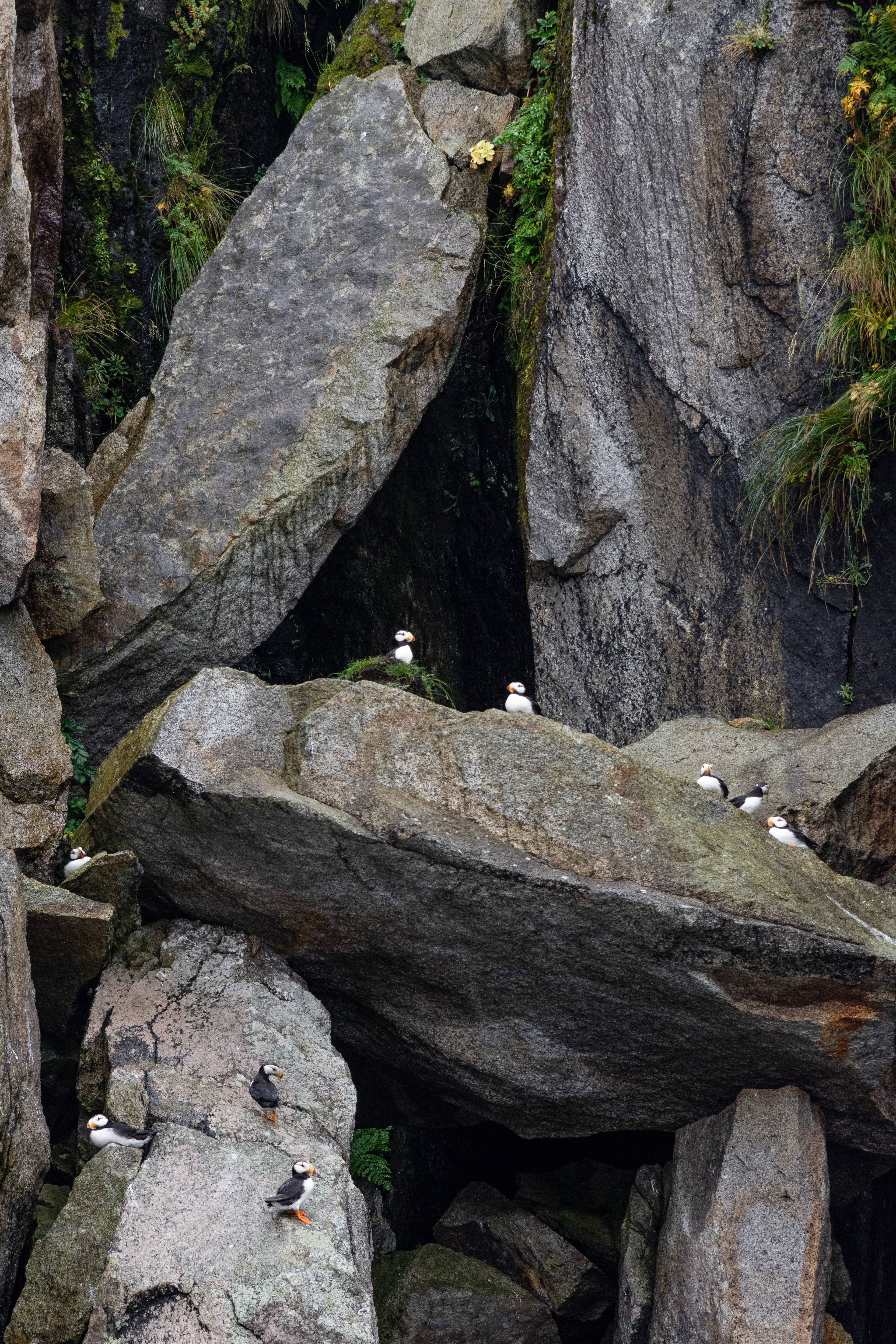




From Seward, I headed back up to Anchorage the way I'd came for the aforementioned wedding, more hiking, and more microbreweries, before getting on the train again to head out to Whittier to meet my ferry.




Whittier is a strange city. Just over 200 people live there, most of them in a single building. That building's predecessor (back from when Whittier was a military port, its inaccessibility being an asset) lies just to the south, in ruins. Road and rail access is by a single tunnel (the trains and cars take turns) under the mountains. It's also the wettest city in the state. I'd visit Yakutat and Ketchikan, the second- and third-wettest, respectively, later on my trip.
The Buckner Building was a Cold War attempt at a single-building town for the US military personnel working in Whittier. It once housed a hospital, theatre, church, bakery, library and bowling alley. Now it sits in disrepair, soaking wet and crumbling. Stalactites have started to form on the ceilings. If the threat of collapse, or the asbestos the building is laced with wasn't enough, the local government has now started prosecuting trespassers. I stuck to taking photos through the chainlink fence ringing the building.
It didn't stop raining the whole time I was there.






The Alaska Marine Highway System serves more than 30 communities over 3500 miles of coastline. It connects remote communities, and provides another link from Alaska to the Lower 48.
I boarded the MV Kennicott (which is outfitted to be able to double as a floating command centre in case of an environmental disaster) at Whittier as a foot passenger. I practically had the ferry to myself at first. It had made a few stops before arriving there, and had maybe 30 passengers on board. Once we'd finished loading all the vehicles (and their accompanying people), we were up to around 150. Numbers fluctuated a bit over the rest of the trip as we stopped at other cities, but we never had more than 200 or so, plus the crew.
After a 21 hour voyage across the Gulf of Alaska, we arrived in Yakutat. The Gulf is generally pretty bumpy; thankfully I do not get seasick, but there were definitely those who were expecting something calmer. Yakutat is tiny. The local fishing boats came out to assist us docking, and once alongside, we dwarfed the dock there. Another 18 hours and we were in Juneau, the state capital. I had enough time for a whistle-stop tour (including the whale fountain), a very quick fish and chips, before having to rush back to the ferry. The next afternoon, we made it to Ketchikan, which is dominated by its cruise terminal; I preferred my boat.
The real advantage of the Marine Highway is its slowness. It's a great platform for photography and, if you get lucky as I did, whale watching. You're forced to get to know your fellow passengers, too. That said, the stops aren't all that long. If you want to spend some actual time exploring Juneau and Ketchikan, I understand the way to do it is to sail down to the latter, stay a few days, then sail back up to Juneau, before boarding the next south-bound sailing several days after that.











The passage from Ketchikan to Bellingham takes two nights. The first of these, you're the only people for miles. I was expecting good astrophotography opportunities. I was not expecting the northern lights. They were, admittedly, very faint, and I spent a good while regretting not having an ultrawide faster than f/4. The shot below was a 10 second exposure, at ISO12800. The second night was a total wipe-out, thanks to patchy cloud and the blooms of light pollution from Vancouver and Seattle visible to the south.
My ferry journey came to an end in Bellingham. After (what should have been) a quick Greyhound journey, I made it to Seattle. If you're planning on a similar trip, make backup plans for the connection from Bellingham to Seattle. The bus will be late thanks to the border crossing earlier in its route, and even if you've (as I did) succeeded in buying a ticket, there's every chance it'll be significantly overbooked, as mine was. There's an Amtrak station there too, but there was no availability for that day. I nearly had to call in a very big favour with a friend in Seattle.


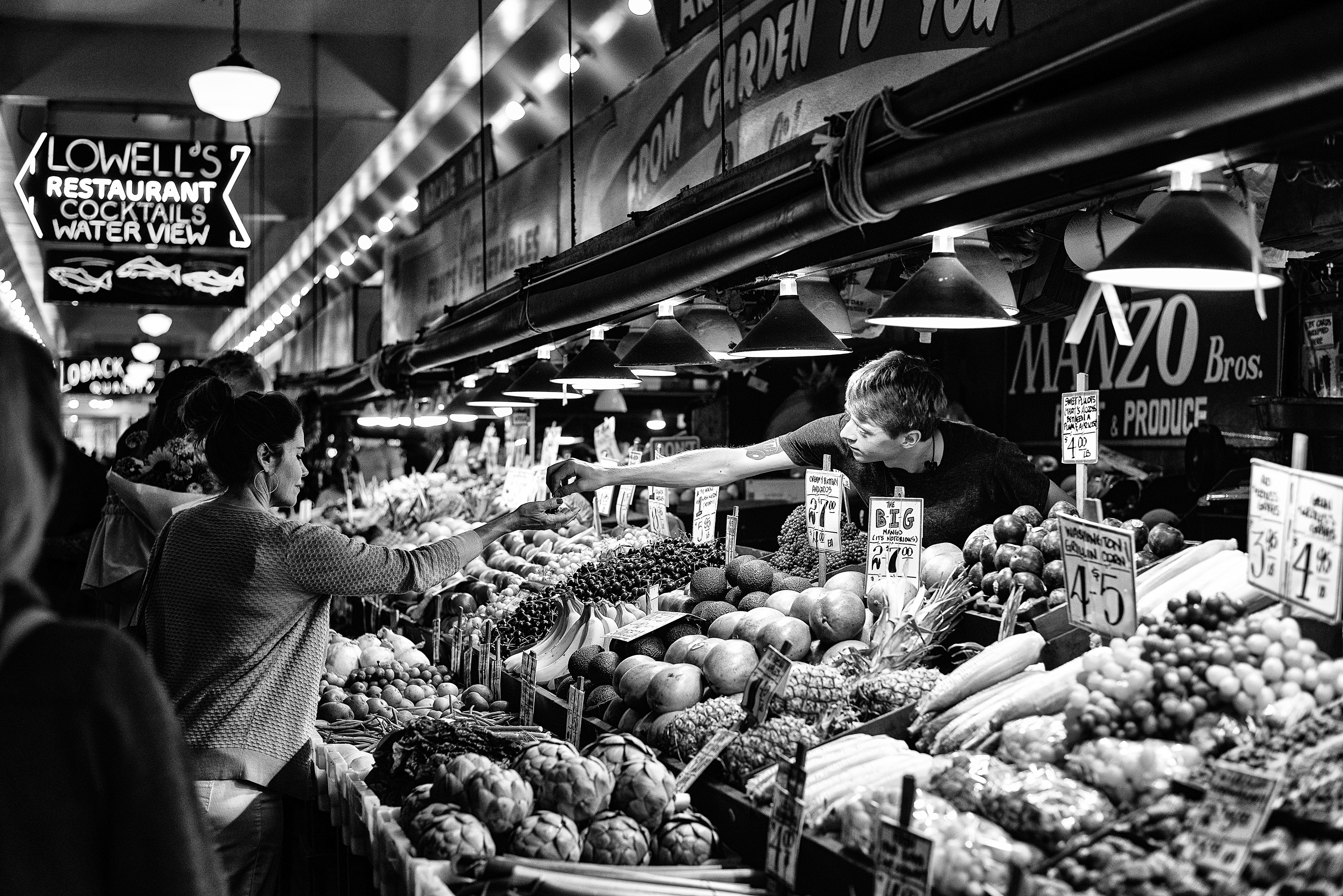
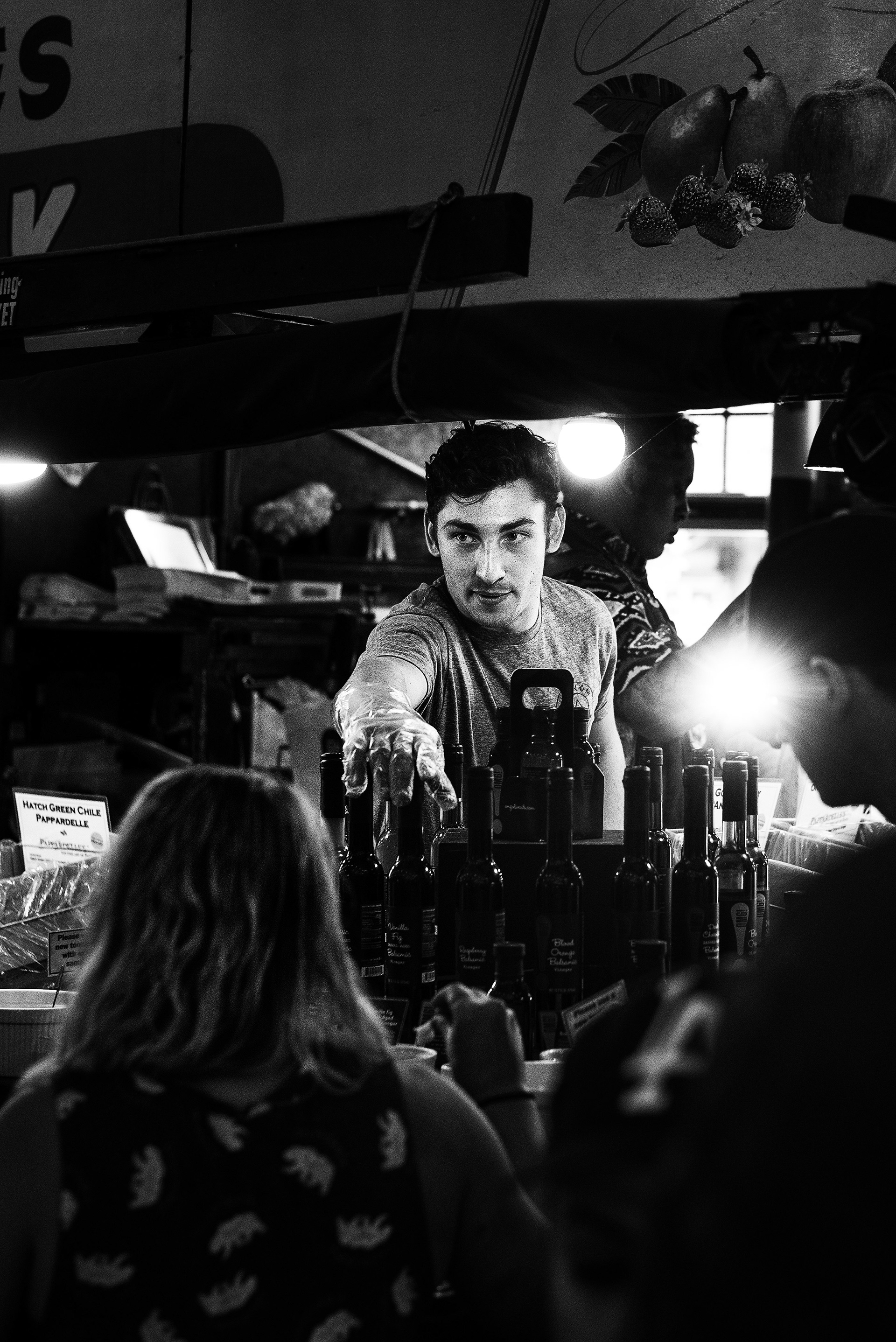



Even though I know the city, and feel pretty at home there, Seattle was a culture shock after five days on a ferry with relatively few other people.







What to photograph in Seattle? I'd planned to get out to Mt Rainier or Mt St Helens, but with seemingly half of British Columbia and Washington on fire, visibility for landscape photography was mediocre at best... so instead, all the cliché shots around Pike Place and the Seattle Center were just asking to be taken.
Take a day to visit The Museum of Flight. Not a morning - a whole day, and get there early so you've got the place to yourself for an hour.


